Toledo
Thirty minutes (and 37€ para ida y vuelta, para dos) from Madrid via high speed train lies Toledo. It’s mythical, mystical reputation is well deserved once you peer through the heavy veil of tourismo. Behind the armories (need any swords or suits of armor?), the souvenir shops, and the tiendas mazapánes you’ll find yourself standing in as close to a medieval city as you can be. And try the mazapán. It’s delicious and not at all like the marzipan that I’ve experienced in the states.
It’s easy to say that the main attractions of Toledo are the Santa Iglesia Cathedral and El Greco’s masterpiece “The Burial of Count Orgaz,” housed in a small chapel in the church of San Tomé. (In another life, I’d like to be called Count Orgaz.) But the city itself is compelling–narrow, steep, twisting cobblestone streets with no apparent logic in their layout, medieval dwellings and shops with heavy wooden doors and iron gates that provided safety from potential invaders, capillas, churches, cathedrals, and synagogues that tell the story of several cultural waves from the Romans to the Visigoths to the Moors to the Christians, and walls, turrets and bridges that made Toledo the most heavily fortified city in Spain. The fact that the main square (Plaza de Zocodover) hosts both a MacDonalds AND a Burger King only makes any modern intrusion seem incongruous and unnecessary. They can be ignored.
Having said that, the Iglesia Cathedral and San Tomé are must-sees and rank among my favorite sites on our trip. The hidden gem here is the Museo Visigoda–the Visigoth museum. It’s housed in a church built by Mudejar craftsmen, Moorish artisans who stayed in Spain after the Reconquista and were highly regarded as architects and artists. Built on the site of a mosque, it features Visigoth artifacts collected from nearby villages and churches. Signage is in Spanish only, so brush up.
Toledo
A beautiful city on a hill that takes its past and its tourism very seriously. The architecture is a delightful mix of Roman, Moorish, Gothic and Renaissance styles.
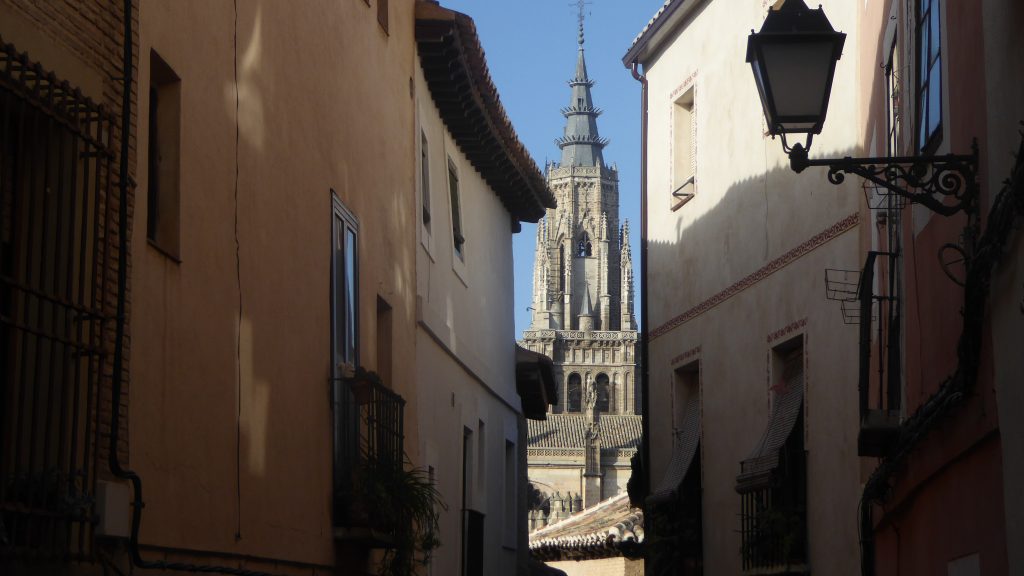
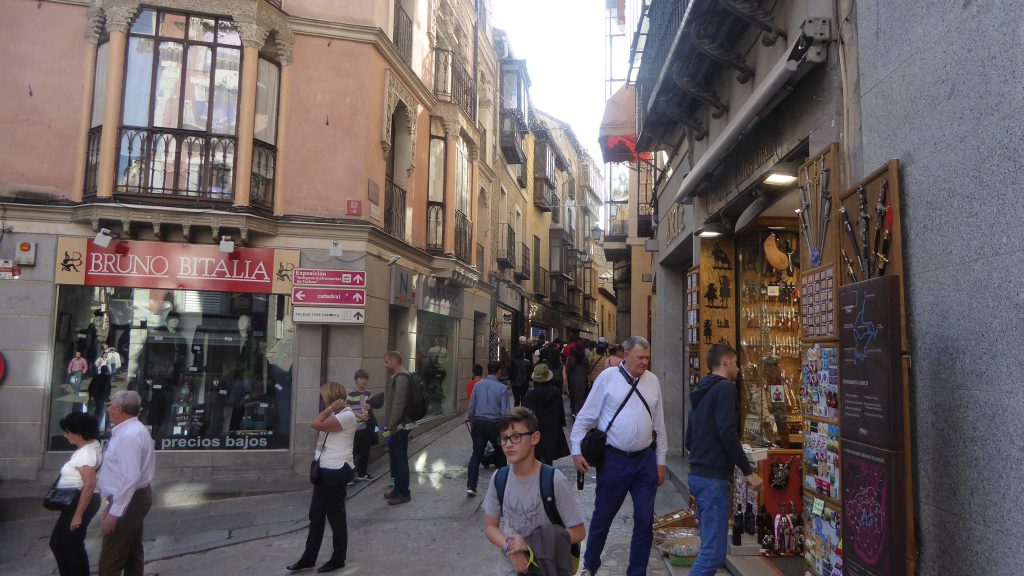
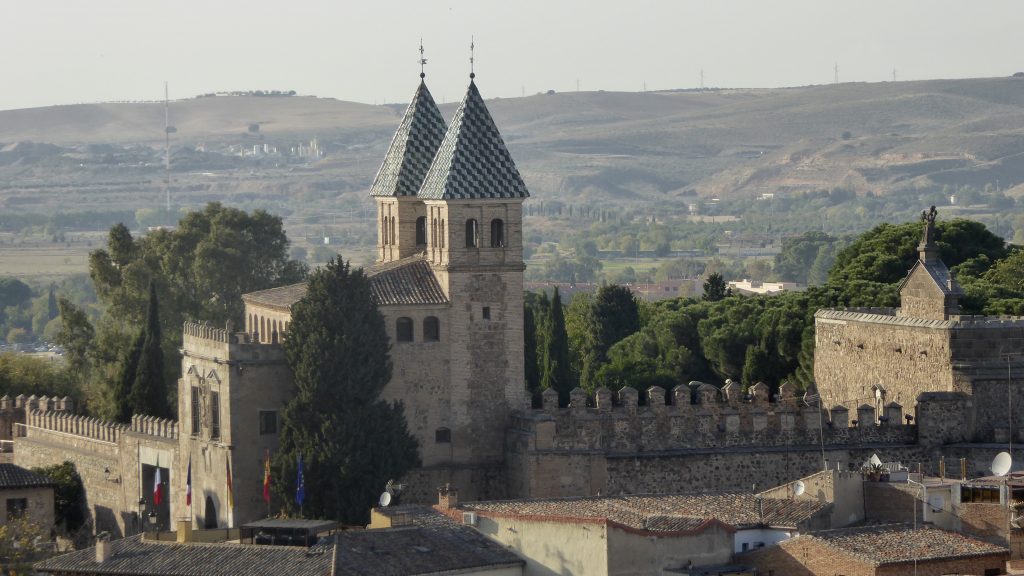
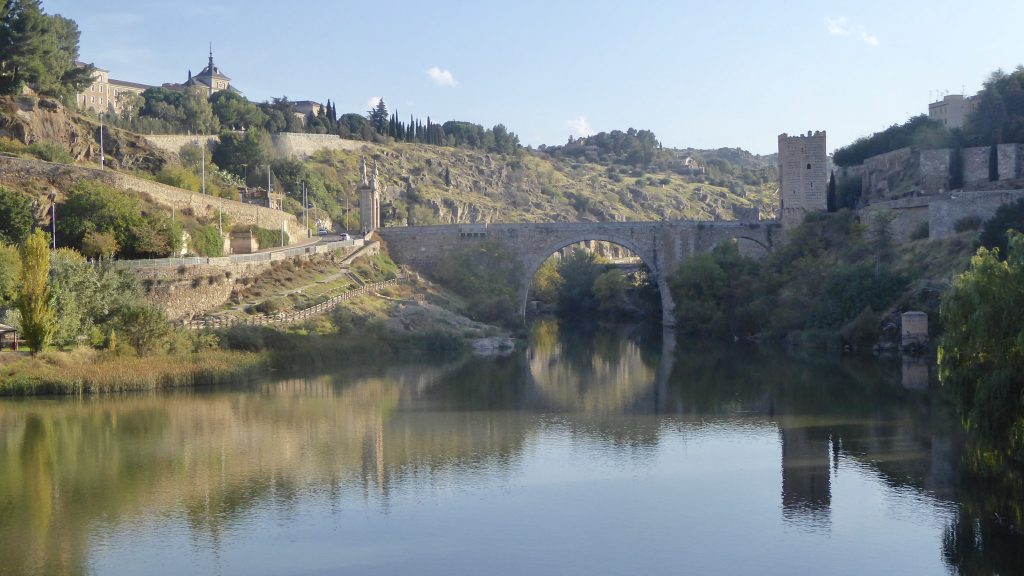
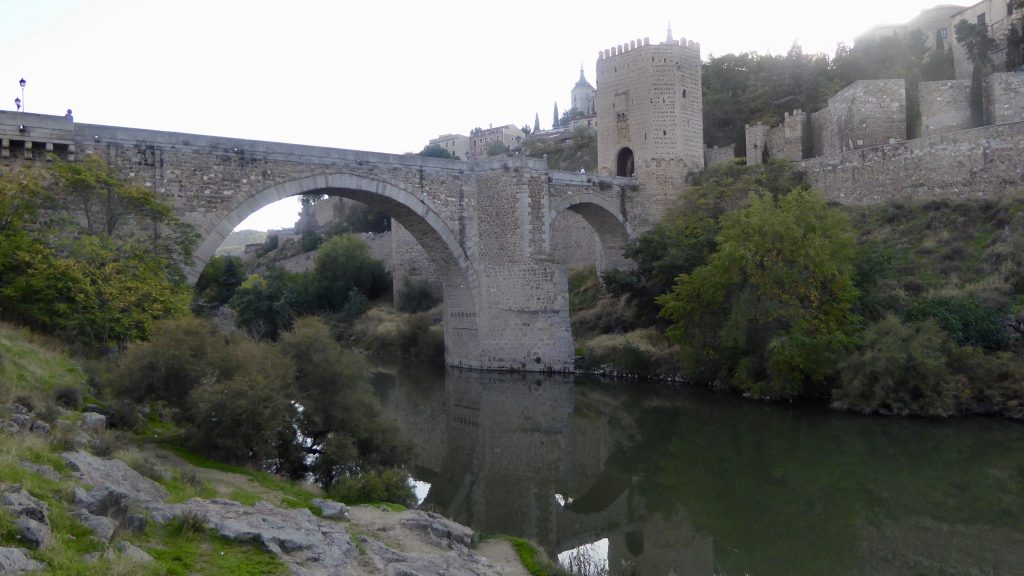
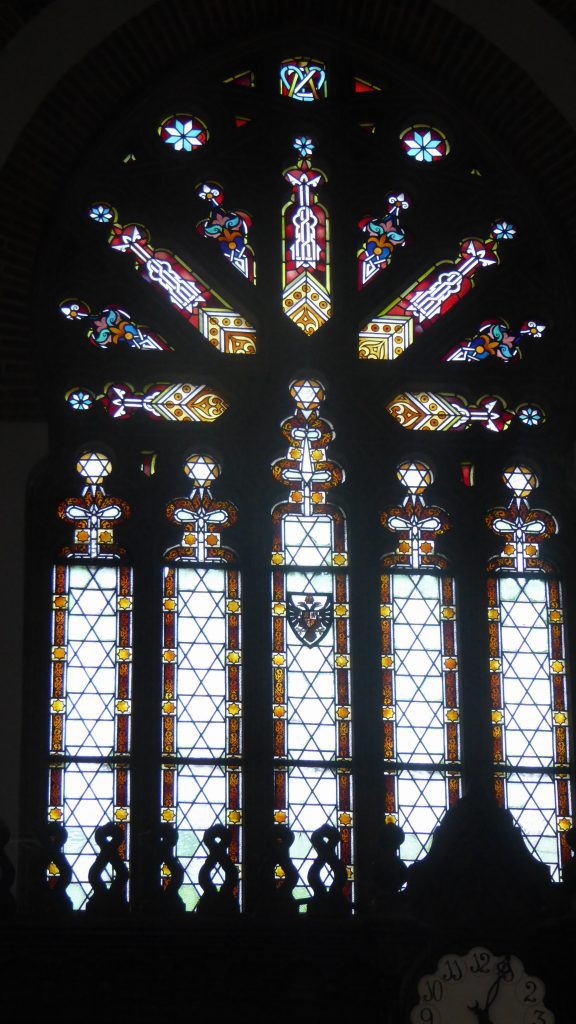
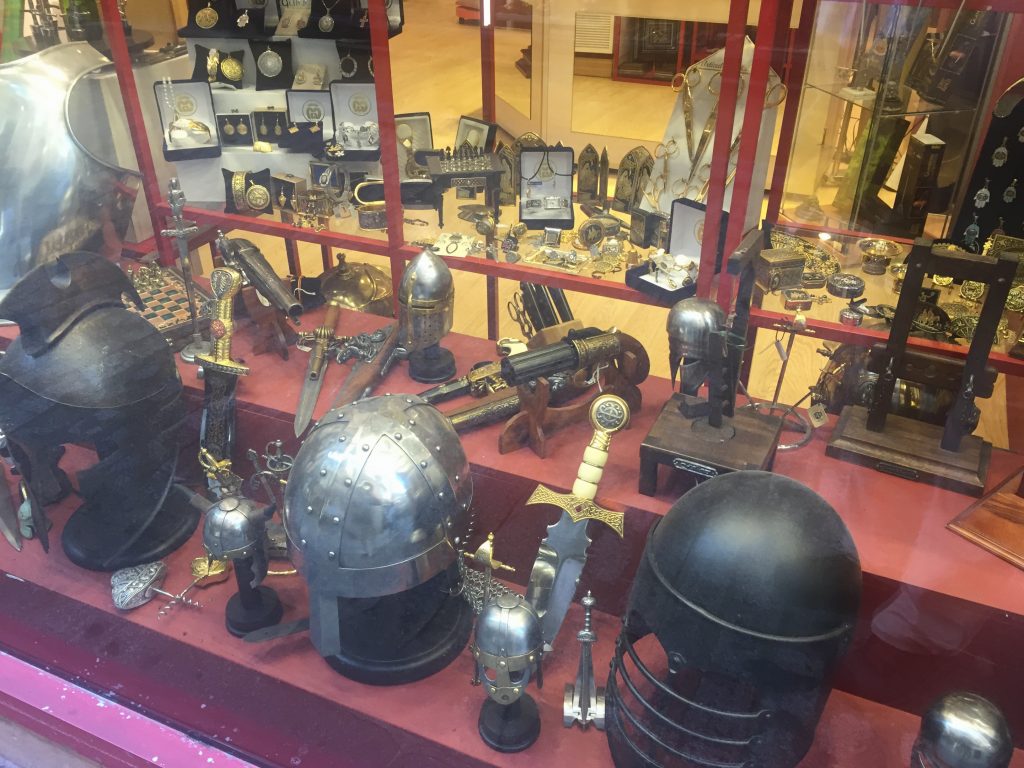
Santa Iglesia Cathedral
An extraordinarily impressive cathedral completed over a span of 250 years ending in 1495, with embellishments that continued after that. The long construction period explains its mix of Gothic, Baroque, Renaissance, and neo-Classical styles–heavy on the Baroque, as you can see from the images.
The Sacristy of the cathedral deserves special mention as it houses a large collection of El Greco’s works along with major works by several other artists.
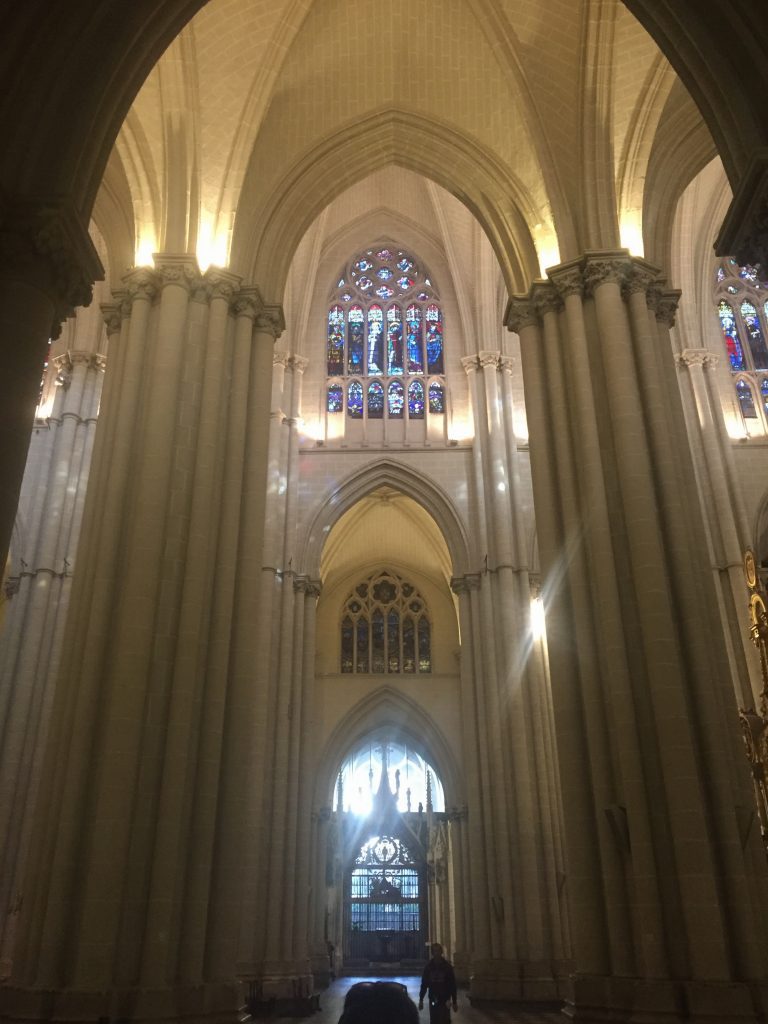
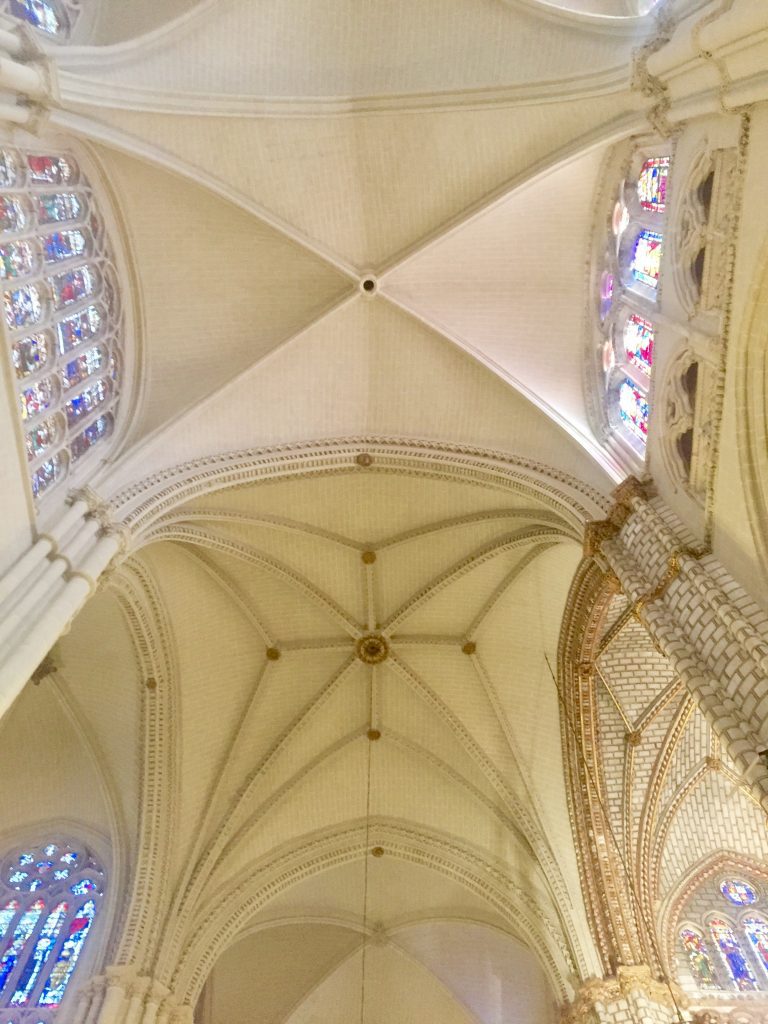
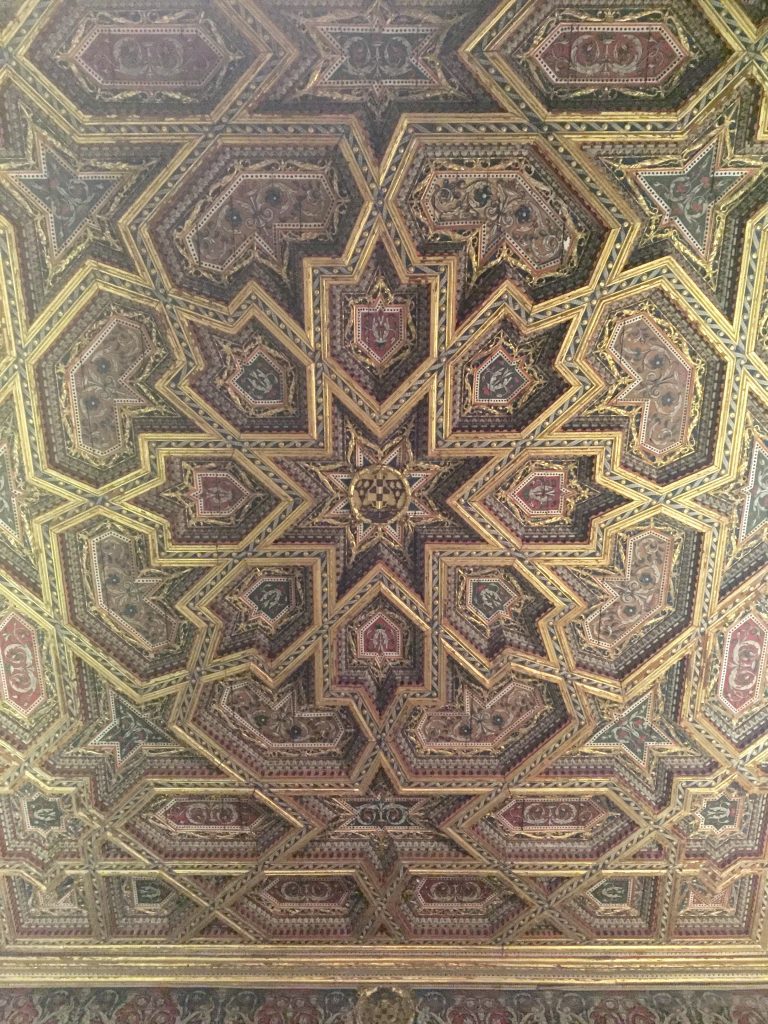
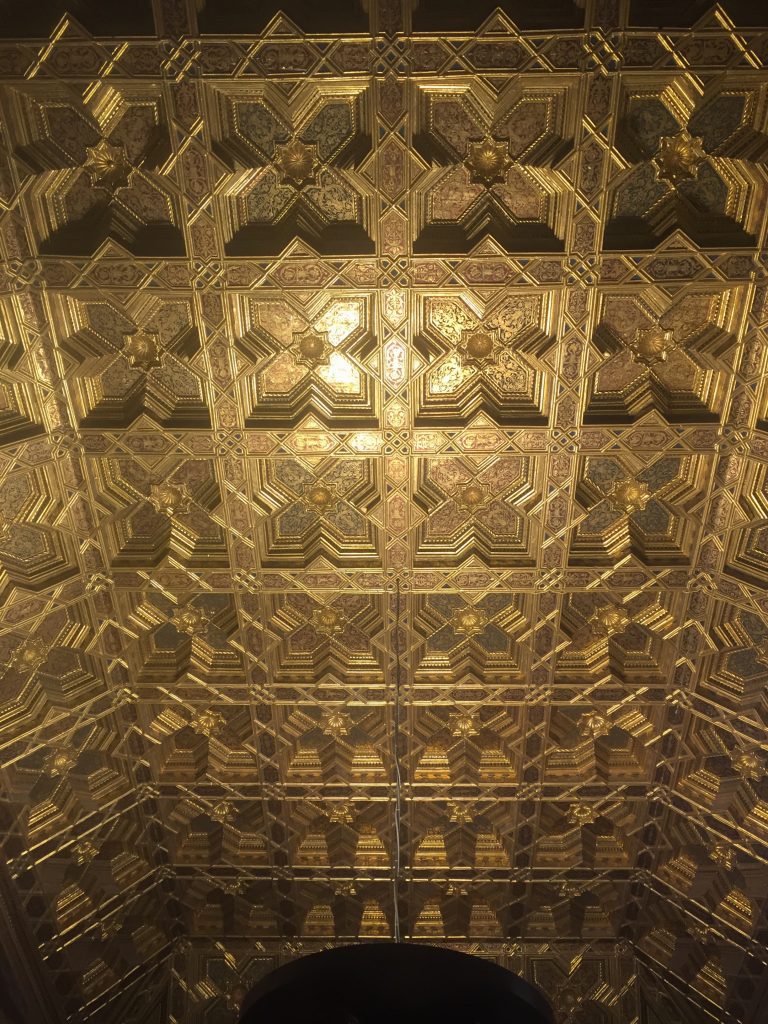
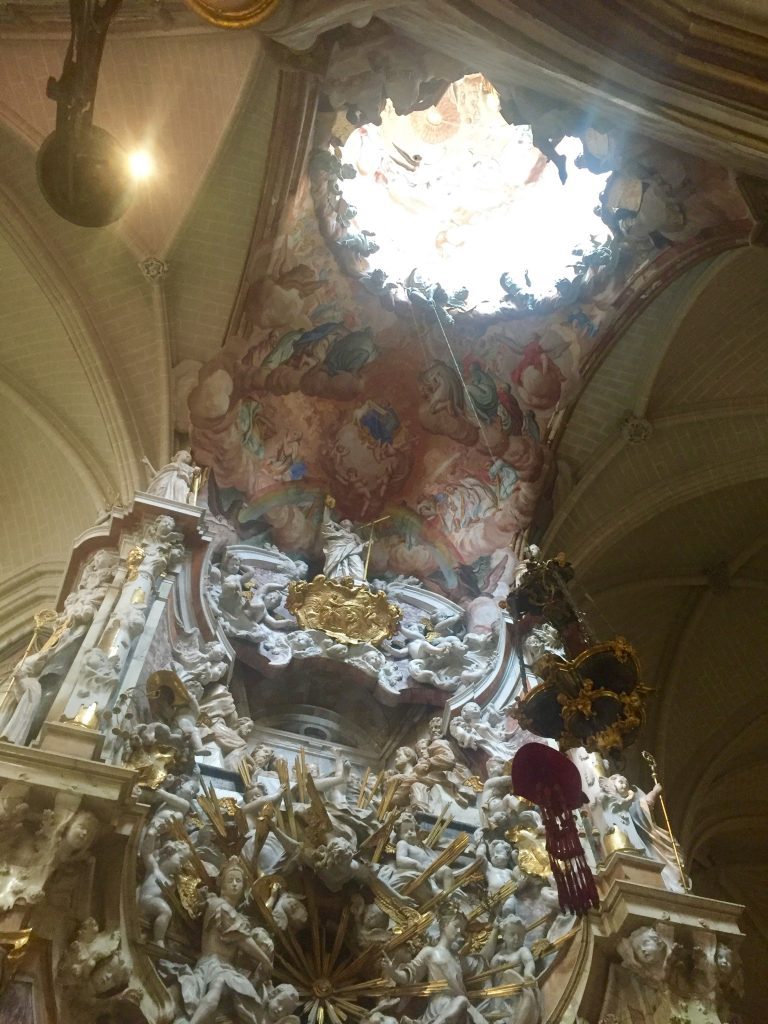
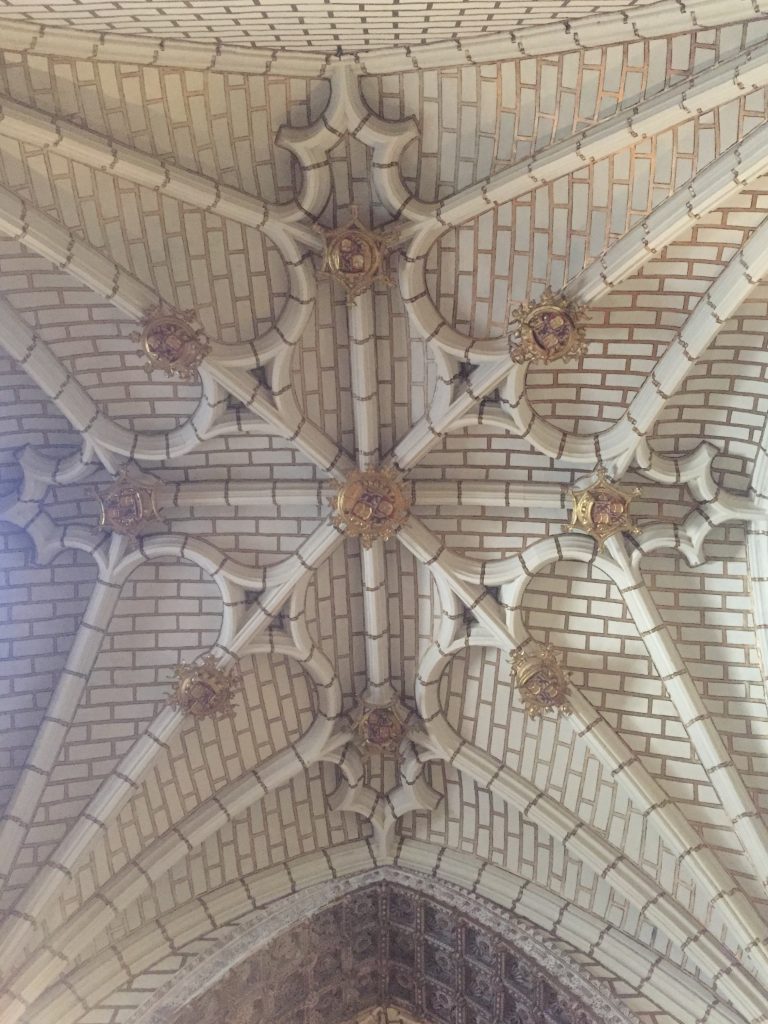
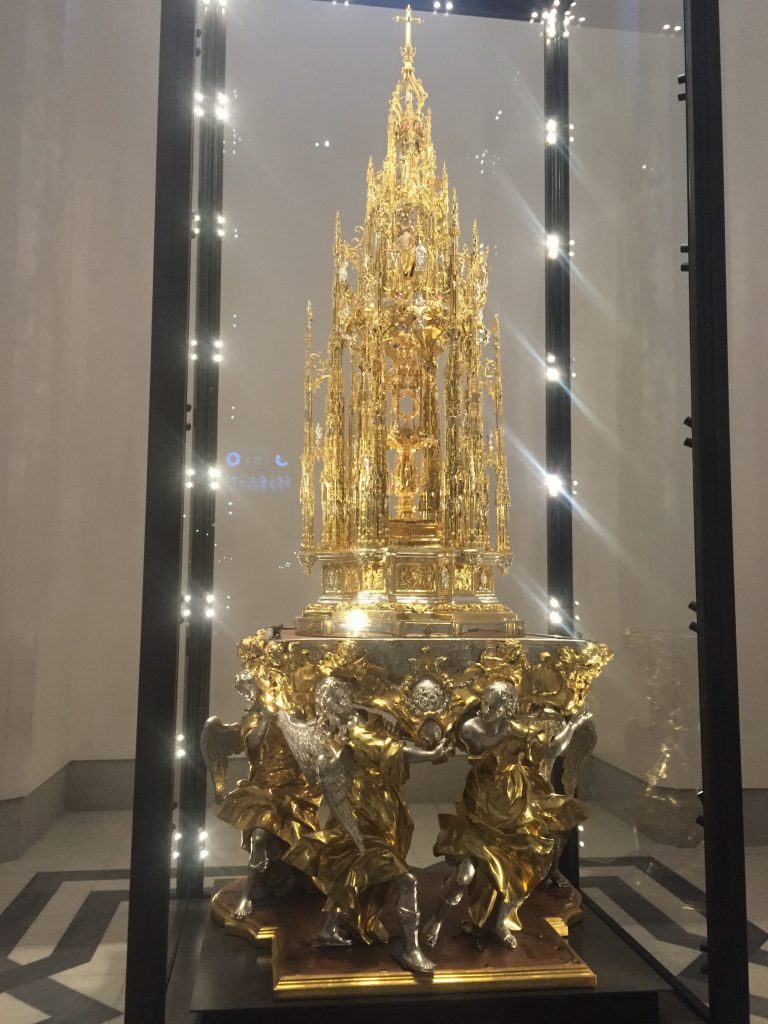
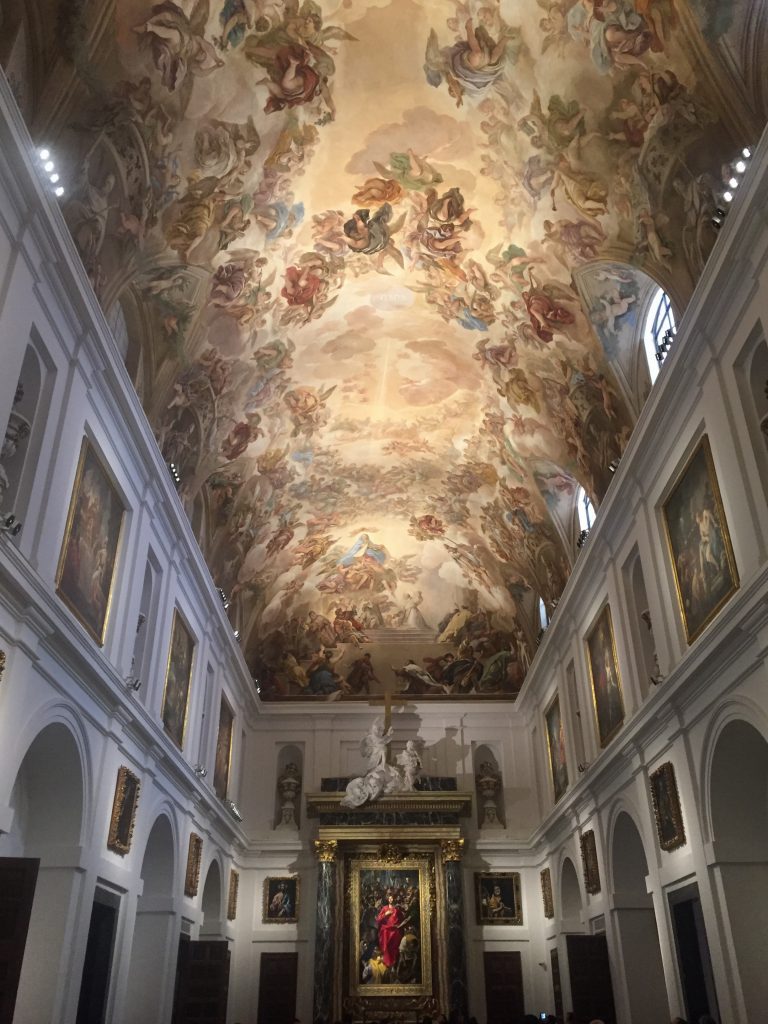
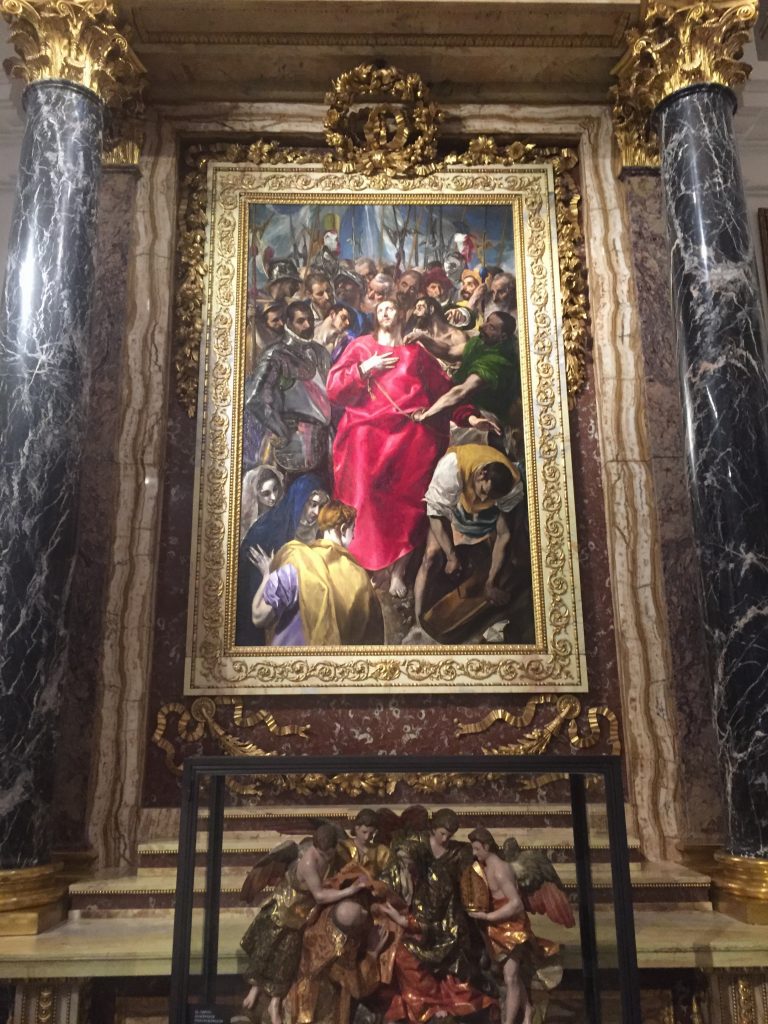
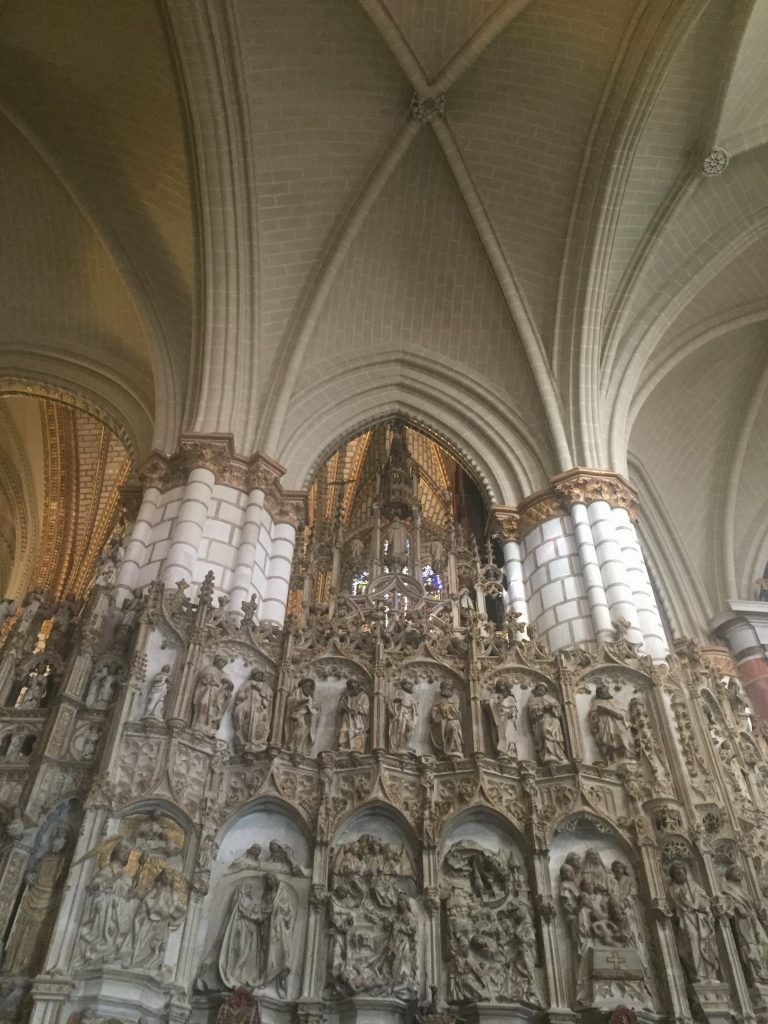
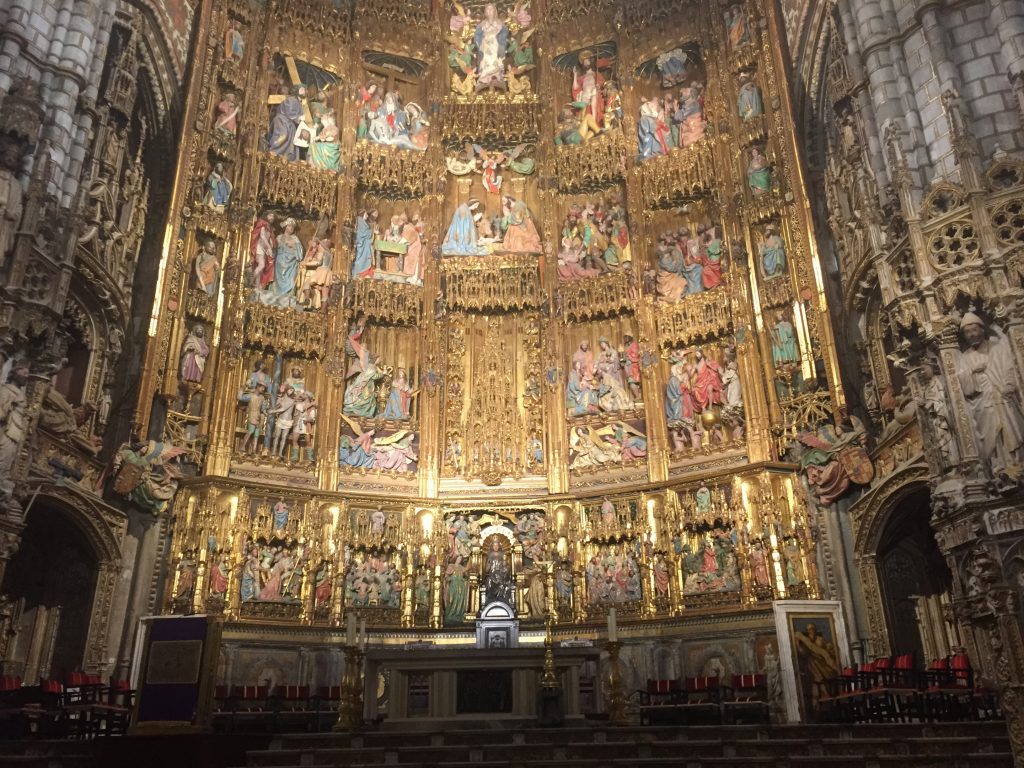
Visigoth Museum
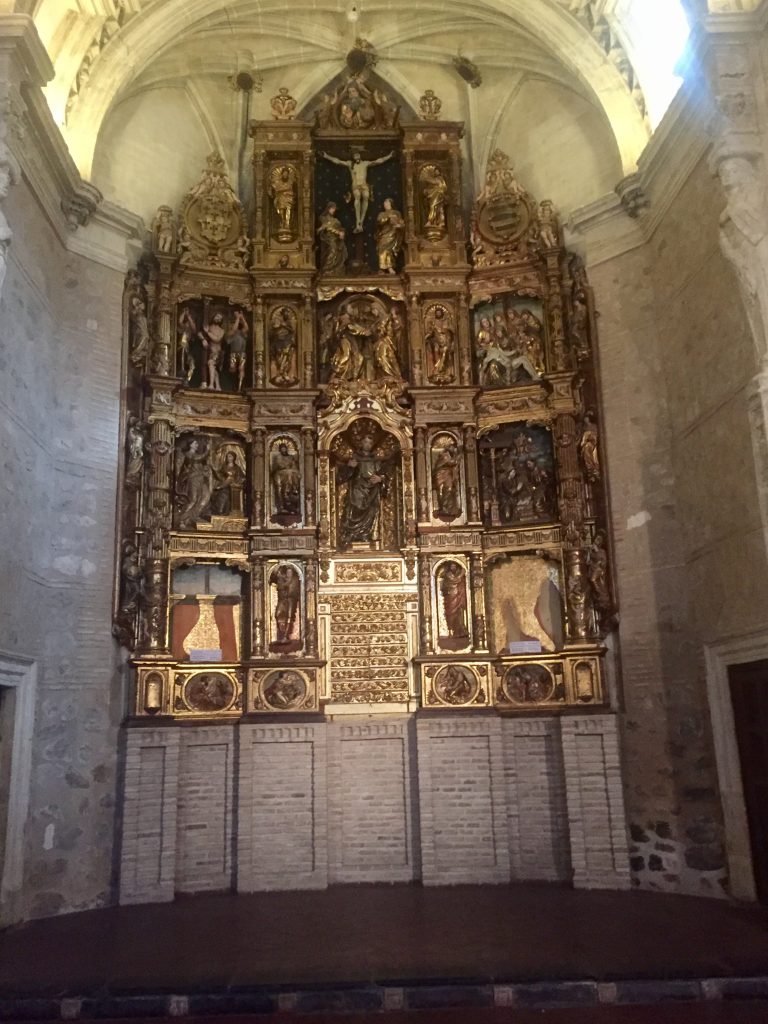
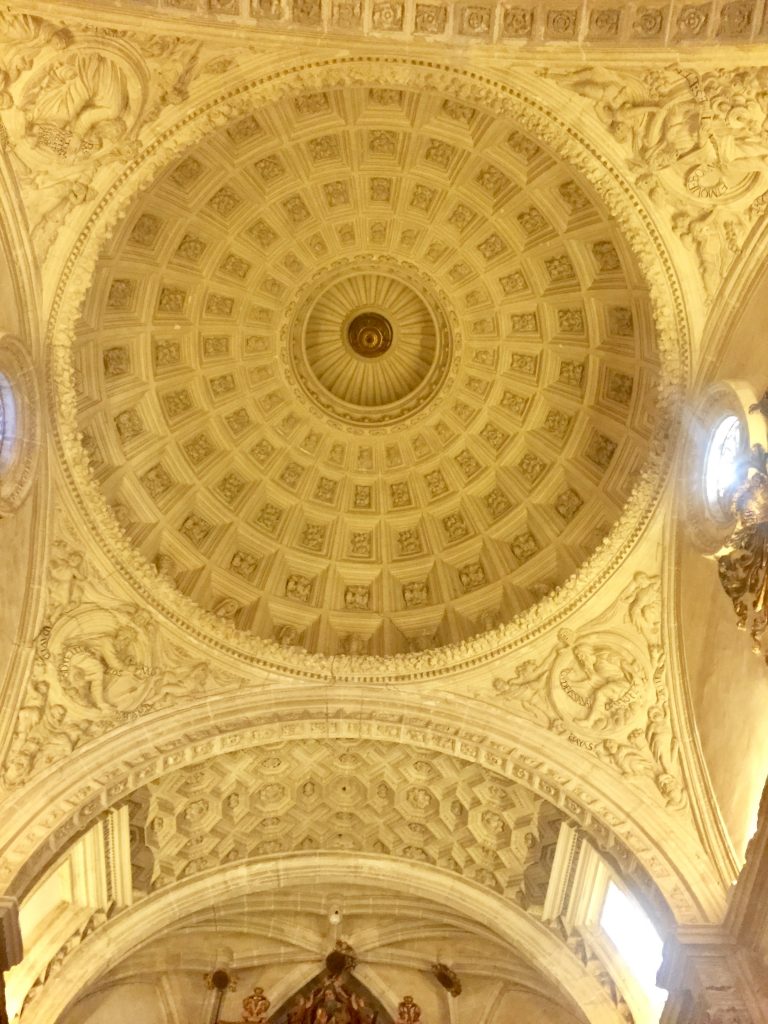
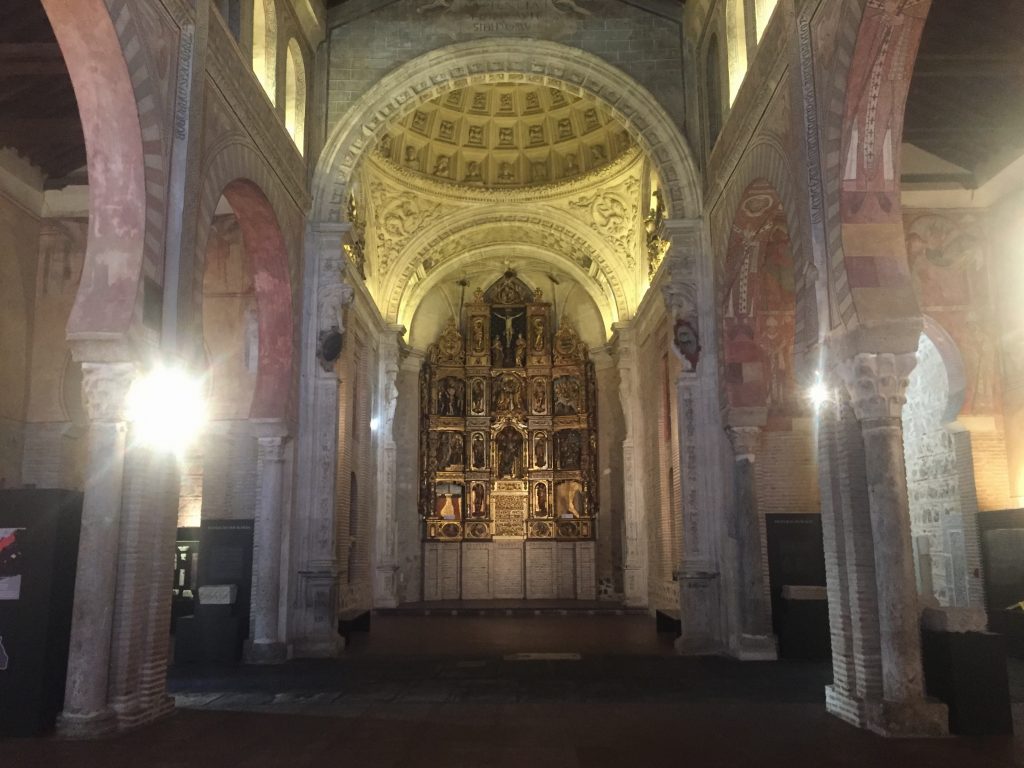
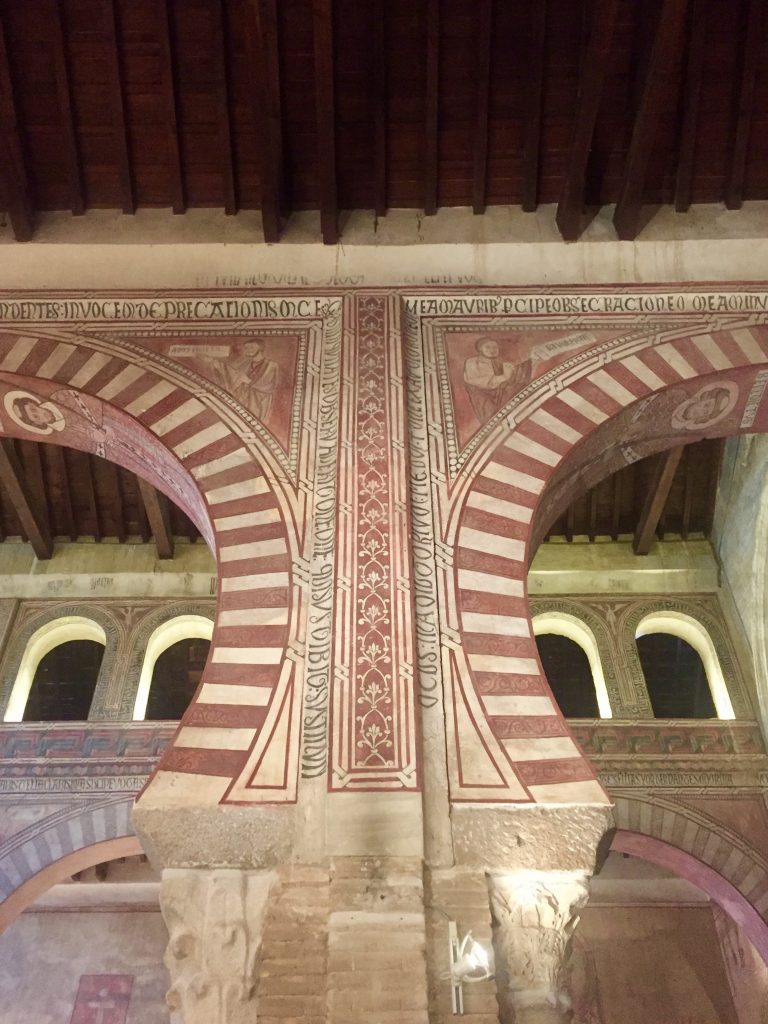
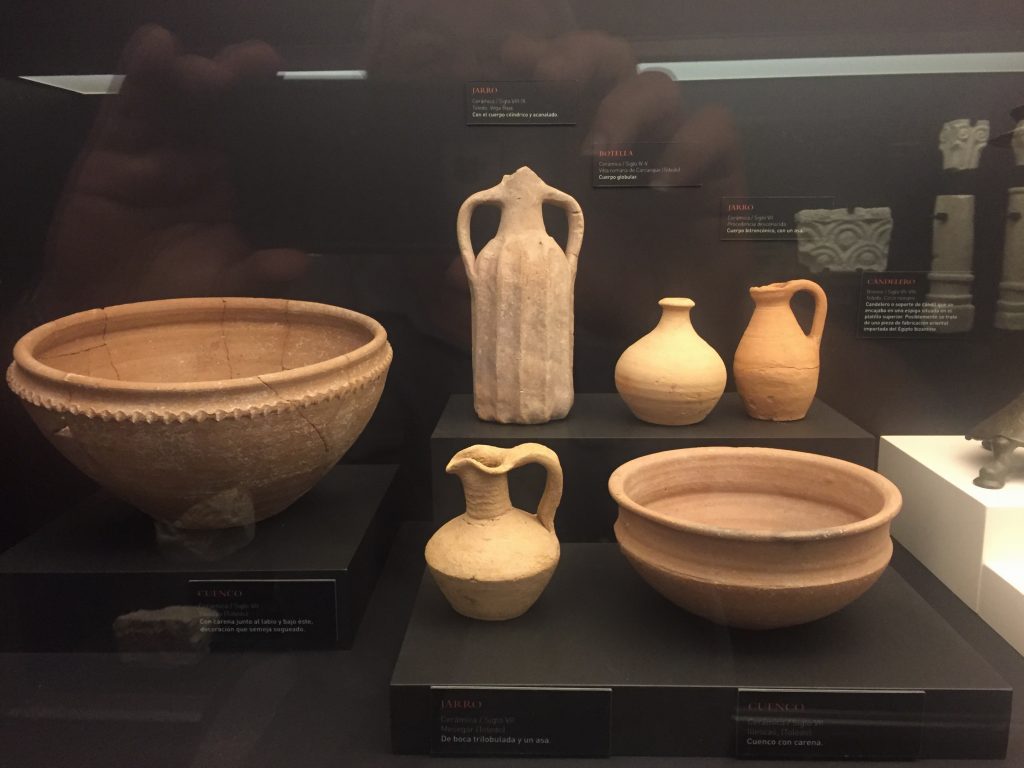
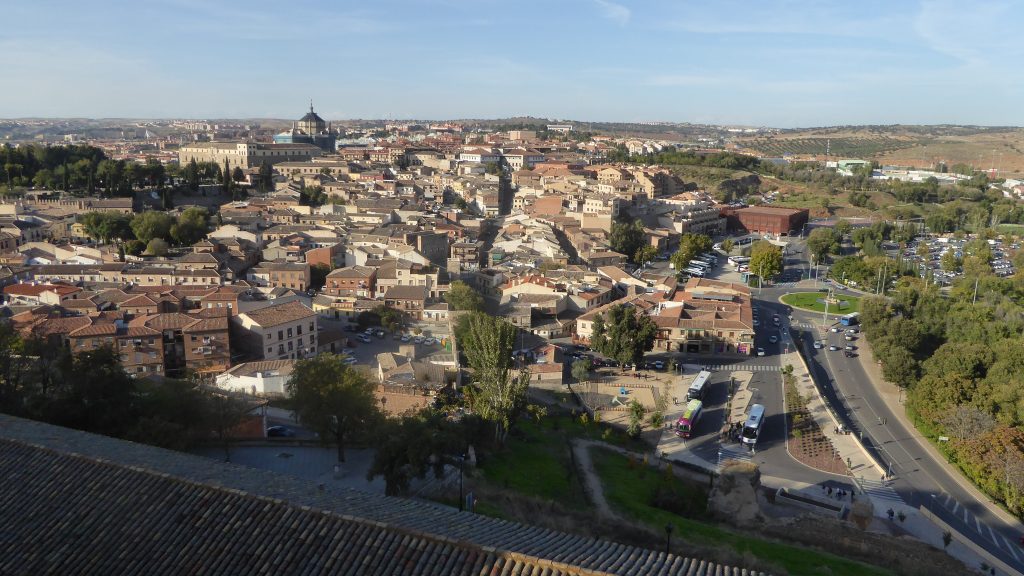
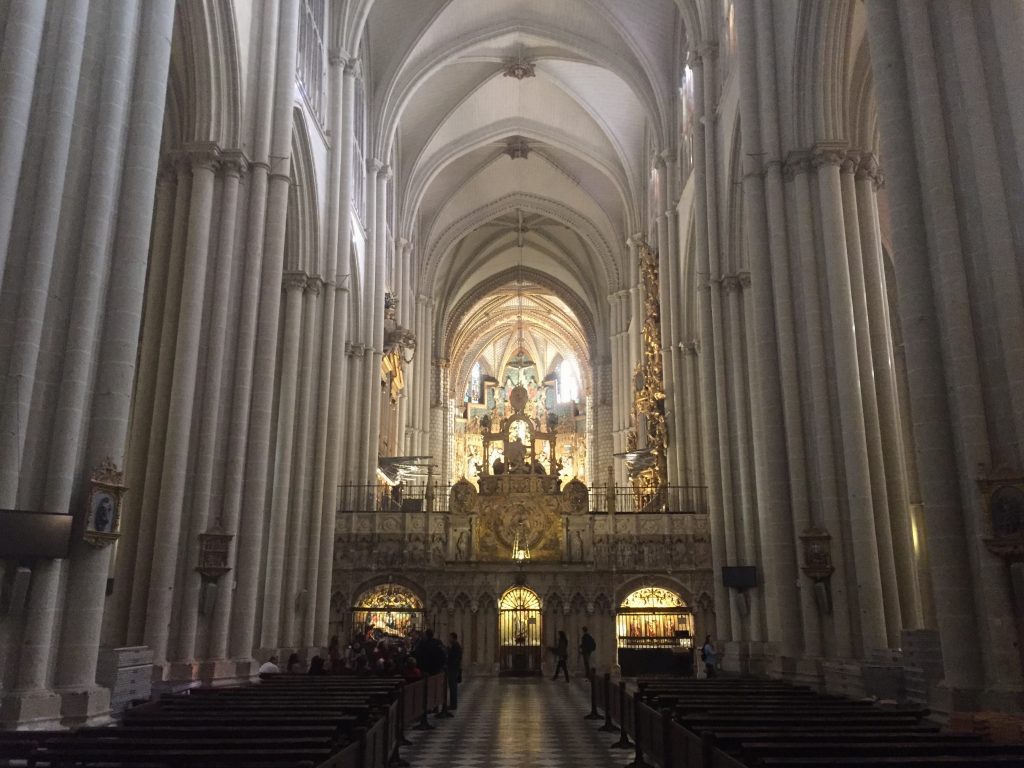
One thought on “Toledo”
Wow. Wow. In our original itinerary when we were headed to the little town where Nancy and Jay were (supposed to be) housesitting, we needed to “kill” a couple of days hanging in Madrid and Toledo was on the short list. When those plans changed, so did the trip here.
Amazing pictures! I’m so glad you went here and so envious… We won’t miss it next time! Absolutely awesome.